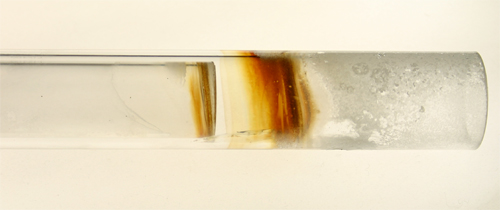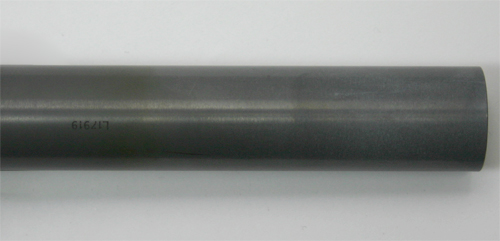Glass Expansion Patented* D-Torch Demountable Torches
Download the Glass Expansion D-Torch flyer PDF
View D-Torch video

The D-Torch is a revolutionary new demountable torch design. It provides the benefits of a fully demountable torch at a significantly lower cost. The benefits of the D-Torch include:
- Demountable outer tube - why replace the entire torch when just the outer tube wears? With the D-Torch, you need only replace the outer tube. And most operators will be saving money after only two replacements.
- Interchangeable quartz and ceramic outer tubes.
- Much lower cost than other demountable torches.
- Interchangeable injectors - choose the optimum injector for your application. Select from quartz for aqueous solutions, narrow bore for organics, wide bore for high dissolved solids or ceramic for HF.
The Benefits of a Ceramic Torch
Glass Expansion pioneered the design of ceramic torches more than 20 years ago with the PT2000 demountable torch for the ARL Maxim ICP-OES. Since then we have provided ceramic versions of our PT2000 and ABC demountable torches for several ICP models.
Ceramic outer tubes are now available for the D-Torch. In general the ceramic outer tube has a much longer lifetime, greatly reducing interruptions and downtime due to torch failure. The ceramic outer tube is of particular benefit for:
a) the analysis of wear metals in engine oils, where quartz outer tubes often suffer from short lifetime.
b) Si determinations, where quartz outer tubes often produce high background signals.
c) fusion samples or samples with high levels of dissolved solids which cause quartz tubes to devitrefy.
Case Study 1: 10% NaCl samples
A combination of high temperature and salt deposit causes a quartz torch to devitrify. Higher concentrations of salt in the samples lead to more rapid devitrification. The quartz torch in the photo was run for only 6 hours with samples containing 10% NaCl and is already badly degraded.

By contrast, the ceramic material does not devitrify and is not affected by salt deposits. The ceramic D-Torch in the photo was run for the same period and with the same samples as the quartz torch but shows no degradation at all.

Case Study 2: Lithium borate fusion samples
The D-Torch ceramic outer tube in the photo below has been running lithium borate fusion samples for three years at 5 - 7 days per week and 20 - 22 hours per day.
 Ceramic tube after 3 years of use compared with new ceramic tube
Ceramic tube after 3 years of use compared with new ceramic tube
This ceramic tube is showing clear signs of wear and tear but it has been running very demanding samples for approximately 20,000 hours. And at the time this photo was taken it was still operational. As a comparison, before the ceramic D-Torch was installed, a standard quartz torch was lasting only about 100 hours. So the ceramic torch has outlasted 200 standard quartz torches, SAVING THE USER AT LEAST $40,000.
